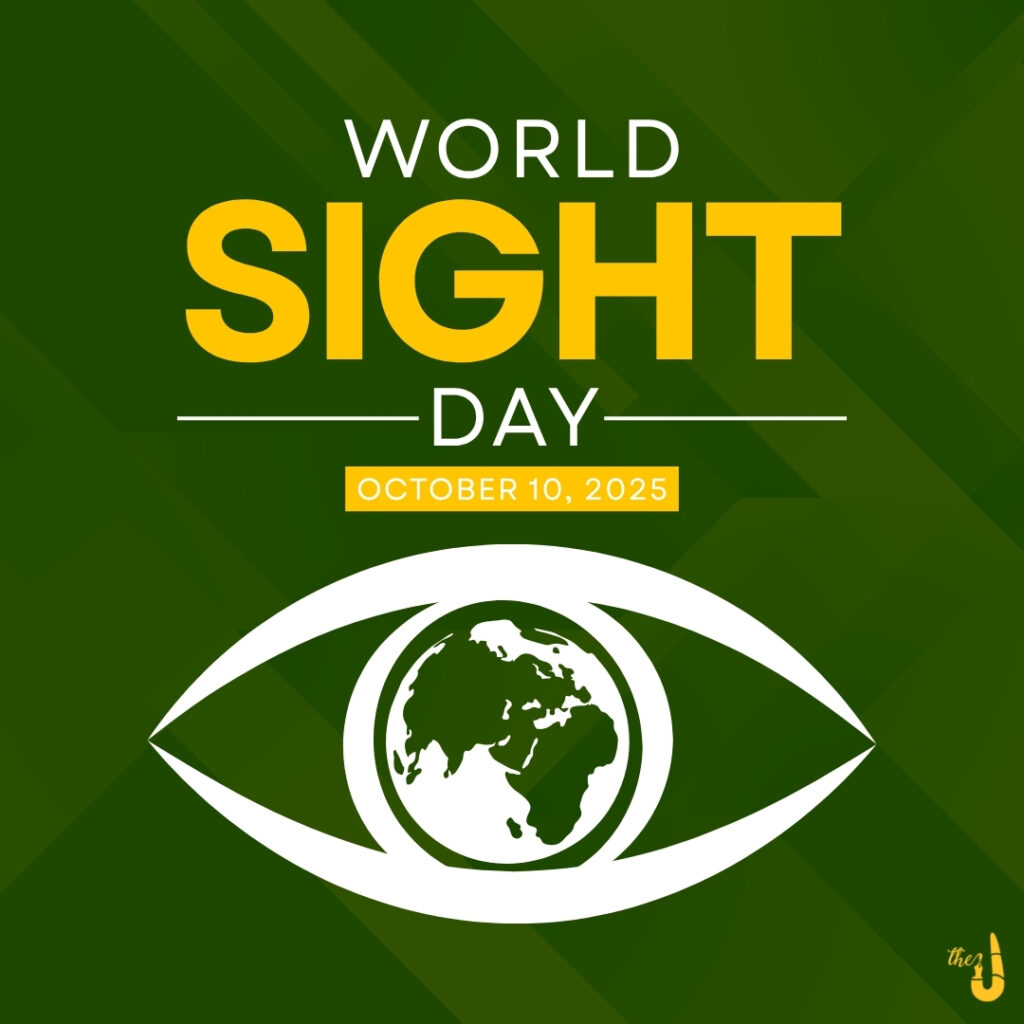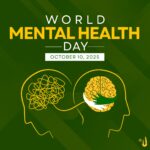World Sight Day, which falls on the second Thursday of October, underlines that there is an urgent need to address vision loss especially in countries such as the WHO South-East Asia Region with millions affected. This year, the theme puts children first, focusing on the importance of good eye health for children learning in school and later life.
Worldwide, 2.2 billion people have a vision impairment. Nationally 30% population of South-East Asia is blind. At least a billion cases could have been prevented or treated through spectacles, cataract surgeries and other relatively simple interventions. Even childhood myopia appears set to soar by 2050.
The region is making strides through the implementation of the Integrated People-Centered Eye Care Plan (2022–2030) and their commitment to WHO SPECS 2030, a strategy for provision of affordable spectacles to the millions who require them. Yet challenges remain, including uncorrected refractive errors, diabetic retinopathy, and limited access to affordable eye care.
On this World Sight Day, WHO reaffirms its commitment to universal eye health coverage by 2030, ensuring that vision loss will no longer hinder quality of life across the region.
_____
Words: Neil Jayson Maligat | The Josephinian
Layout: Leslie Bacala | The Josephinian




